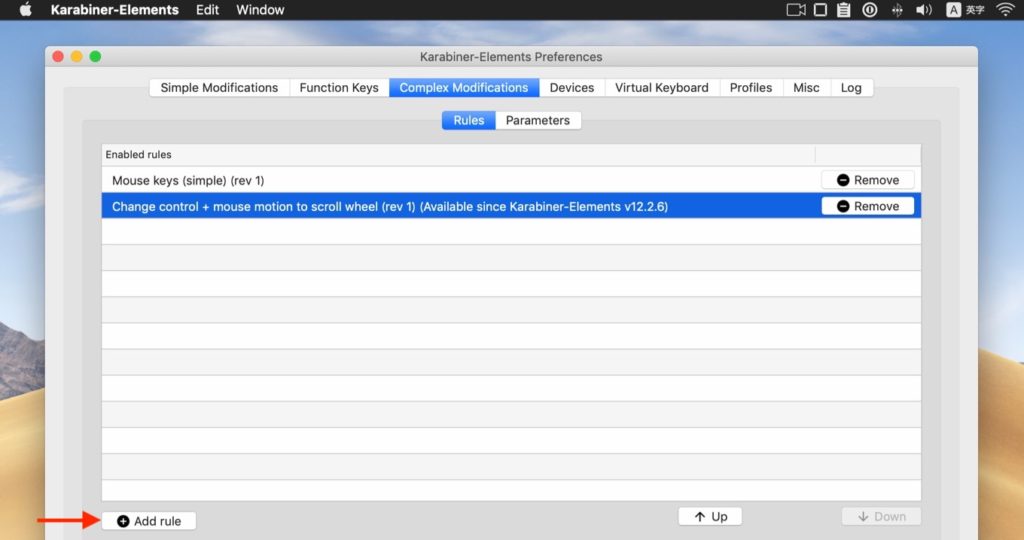

In 1558, Giambattista della Porta described a method of chilling ice to temperatures far below its freezing point by mixing it with potassium nitrate (then called "nitre") in his popular science book Natural Magic. They also allow deep plan buildings to be created and have allowed people to live comfortably in hotter parts of the world.

Īn array of air conditioners condenser units outside a commercial office buildingĪir conditioners allow the building's indoor environment to remain relatively constant largely independent of changes in external weather conditions and internal heat loads. Using information from engineering studies of traditional buildings, passive techniques are being revived and modified for 21st-century architectural designs. Passive techniques remained widespread until the 20th century, when they fell out of fashion, replaced by powered A/C. These became widespread from the Iberian Peninsula through North Africa, the Middle East, and Northern India. Ancient Egyptian buildings used a wide variety of passive air-conditioning techniques. Īir conditioning dates back to prehistory. HFO refrigerants, used in some if not most new equipment, solve both issues with an ozone damage potential (ODP) of zero and a much lower global warming potential (GWP) in the single or double digits vs. Both issues happen due to the venting of refrigerant to the atmosphere, such as during repairs. CFC and HCFC refrigerants such as R-12 and R-22, respectively, used within air conditioners have caused damage to the ozone layer, and HFC refrigerants such as R-410a and R-404a, which were designed to replace CFCs and HCFCs, are instead exacerbating climate change. The United Nations called for the technology to be made more sustainable to mitigate climate change and for the use of alternatives, like passive cooling, evaporative cooling, selective shading, windcatchers, and better thermal insulation. Air source heat pumps, which can be used for heating as well as cooling, are becoming increasingly common in cooler climates.Īccording to the International Energy Agency (IEA), as of 2018, 1.6 billion air conditioning units were installed, which accounted for an estimated 20% of electricity usage in buildings globally with the number expected to grow to 5.6 billion by 2050. Heat pumps are similar in many ways to air conditioners, but use a reversing valve to allow them to both heat and also cool an enclosed space.Īir conditioners, which typically use vapor-compression refrigeration, range in size from small units used within vehicles or single rooms to massive units that can cool large buildings. Air conditioning is a member of a family of systems and techniques that provide heating, ventilation, and air conditioning (HVAC). Air conditioning can be achieved using a mechanical 'air conditioner' or alternatively a variety of other methods, including passive cooling or ventilative cooling. Ceiling mounted cassette air conditioner and a wall-mounted air conditioner in the backgroundĪir conditioning, often abbreviated as A/C or AC, is the process of removing heat from an enclosed space to achieve a more comfortable interior environment (sometimes referred to as 'comfort cooling') and in some cases also strictly controlling the humidity of internal air.


 0 kommentar(er)
0 kommentar(er)
